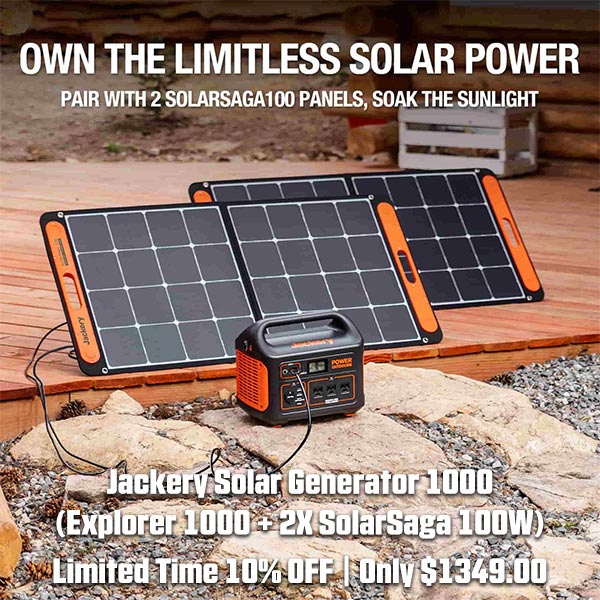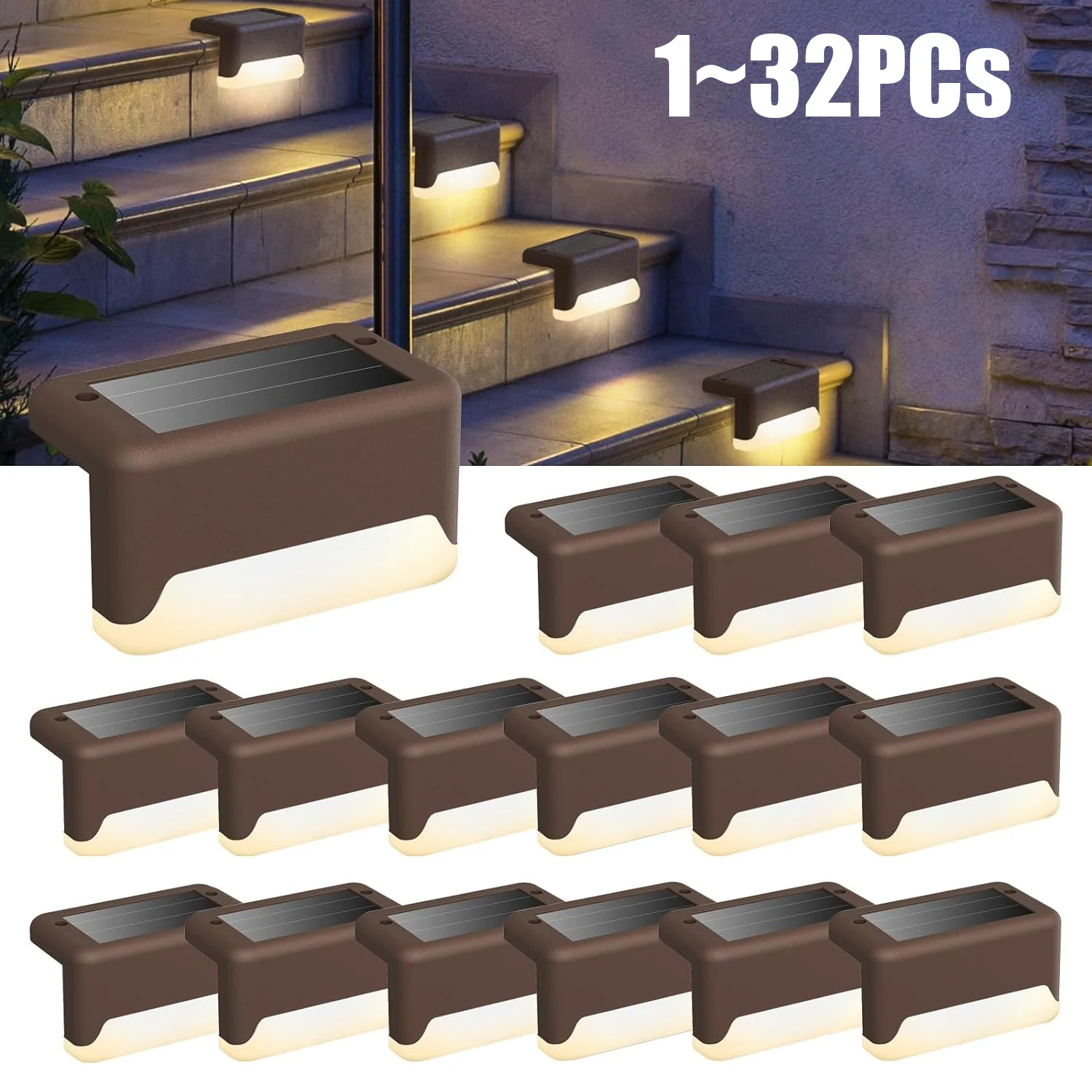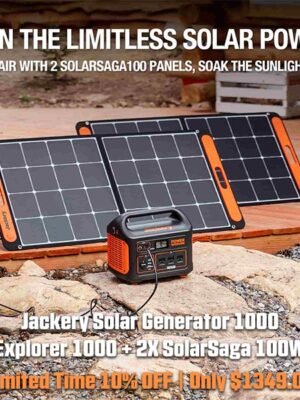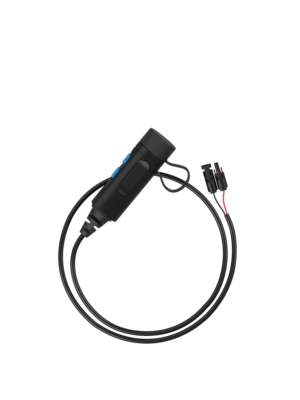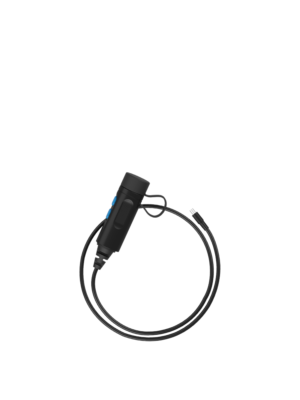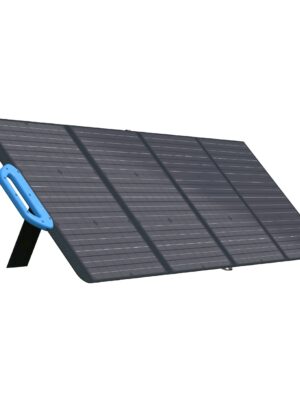Best Gas Mask for Tear Gas, Viruses, and Nuclear Fallout
Air is one of those things you can’t live without for very long. It’s an often overlooked part of preparedness and safety even though it is one of our biggest vulnerabilities. Filters and gas masks have become an integral part of protecting the air we breathe. Gas masks protect us from some of the nastiest threats including nuclear fallout, viruses, and chemical weapons.
Gas masks may seem stereotypical but they are important protective equipment for many situations. Sticklers may insist on calling them ‘protective masks’ since they can protect you from more than just gas. A gas mask has already saved my life against chemical weapons and biological threats. It gives a fighting chance against some radiation exposure as well.
In the service, I trained extensively at chemical defense facilities. I tried dozens of masks and learned what made them reliable, comfortable, and effective. I taught classes on gas masks to thousands of military personnel for several years. I traveled the globe and worked with international CBRN teams, putting masks to their limits in a variety of conditions and environments.
There are only a handful of brands and types to choose from for respiratory protection that will hold up for a wide range of events. Regardless, you need to know what you can rely on when you need it most.
This is where we come in. In our guide, you’ll find the best mask options: the overall best, a starter option, and an upgrade option. If you need a gas mask that will keep you going in a survival situation, one of our suggestions will help keep you breathing through the worst of it.
Contents (Jump to a Section)
The Best Gas Mask
MIRA CM-6M
Lightweight, Comfortable, and Effective
Brand new military-grade bromobutyl rubber construction at a respectable price with proven durability.
*Price at time of publishing; check for price changes or sales.
MIRA Safety has been on a tear in the international market, becoming the mask of choice for many countries simply due to its cost-effectiveness. The masks they make are durable and proven, and the CM-6M hits the sweet spot of features at a reasonable cost. With a bromobutyl rubber construction and dual canister filters, this mask feels very similar to the well-known M50.
Here is how the CM-6M reads:
- One size fits all (mostly)
- Bromobutyl rubber face seal
- Polycarbonate visor, 84° FoV
- 6-point adjustable straps
- Twin 40-mm NATO filters (not included- you can run a single can as well)
- Hydration system
- 30.4 ounces (with standard filters)
There are plenty of accessories that you can get for the mask as it is a refreshingly simple platform. Grab the MIRA CM-6M Gas Mask and some filters for your kit and don’t look back.
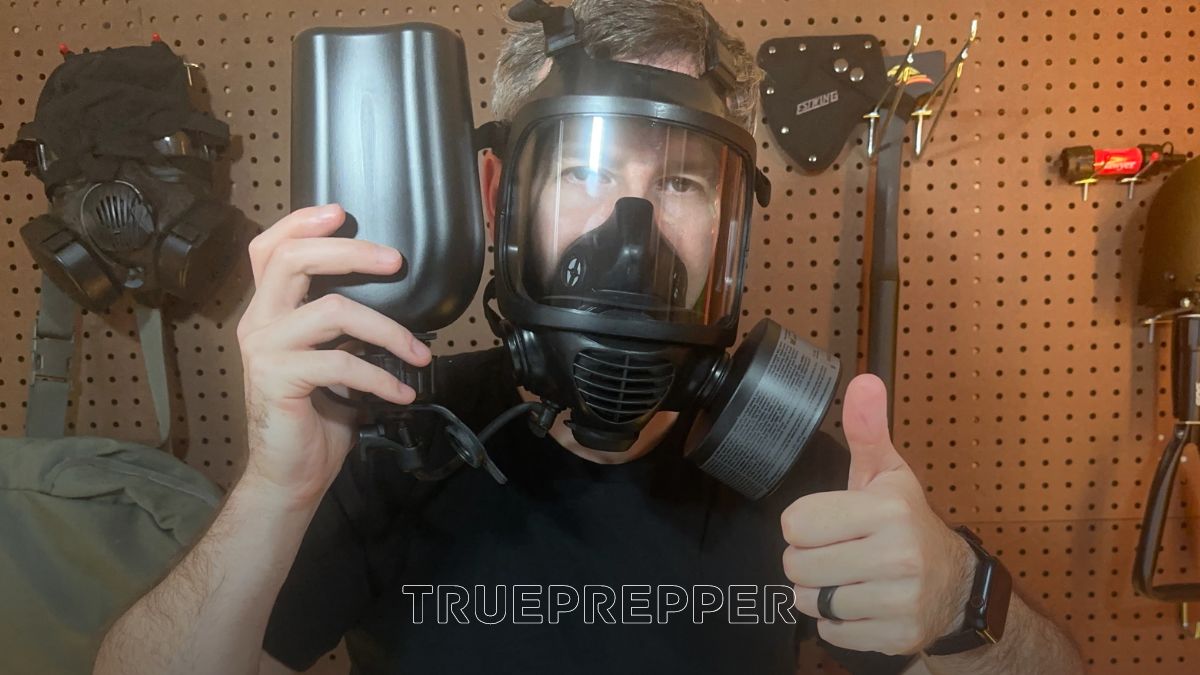
Budget Gas Mask
Parcil PD-101
Industrial, Versatile, and Inexpensive
An industrial option that will keep you protected when paired with the right filters.
*Price at time of publishing; check for price changes or sales.
You may encounter some people that say this respirator technically isn’t technically a ‘gas mask’, and they aren’t wrong. This respirator from Parcil Safety uses a silicon face mask, so it’s not going to help you that much if you encounter a blister agent like mustard gas. But it will help you with pretty much anything else when you fit it with organic vapor filters.
Here are the quick hits:
- One size fits all (mostly)
- Silicone face seal (makes this technically an industrial mask)
- Polycarbonate visor, 200° FoV
- 5-point adjustable silicon straps
- Twin bayonet filters
- 15.3 ounces + (3.7 ounces x 2 filters) = 22.7 ounces
You can also use 3M bayonet filters (and other manufacturers) on this mask, which is the main difference between Parcil’s PD-101 and the PD-100.
With Parcil’s filter naming convention, you want the filter to have a P3 (0.3 micron), and at least a brown stripe. The mask comes with the P-A-3 filters, which isn’t bad… but upgrading to the P-3-O filters would help you with inorganic vapors, acids, and ammonia.
The feel and vision of the mask reminded me a bit of the MCU-2 flight crew mask, as it doesn’t have the weight distribution of a single bulky 40mm filter and has a huge field of view. Luckily, the silicon mask is not prone to separating like the MCU-2/P eventually did.
The main drawback of this mask from a design viewpoint is the silicon straps, but they have held up during my testing and came with additional attachment hardware if I need to swap it out down the road.
This mask earns its spot as our starter pick with a cost that can’t be beaten for its performance level and versatility. The Parcil Safety PD-101 Gas Mask is a solid industrial mask for your personal protection kit.
Upgrade Gas Mask
Avon M50 / FM50
Proven, Rugged, and Dependable
The preferred choice for the US Military, longer protection, and a comfortable seal make this the mask to beat.
*Price at time of publishing; check for price changes or sales.
The M50 by Avon Protection continues to be the mask of choice for operators worldwide, including the US military. It is quite a bit more expensive than other masks on the market and in our suggestion set, but you can often find used masks in excellent condition that do not have problems that other used military masks have had with longevity (looking at you, MCU-2P).
It can be a bit confusing with the M, FM, and C versions all available (and the M50 also goes by JSGPM). The M50 and FM50 (essentially the same mask) use military-style bayonet lug filters for rapid changes. The filters are lighter weight, more face-conforming, and meant to be worn in pairs.
The FM53, FM54, and C50 all use single standard NATO 40mm filters which are easier to find but are bulkier, heavier, and not as easy to breathe through. You can get converters for the M50/FM50 to use 40mm filters for more flexibility, but not the other way around. The C50 has been traditionally sold to civilians and the FM50 to foreign militaries.
Here is how the M50/FM50 measures up:
- Three sizes S, M, L (M fits most ~95%- including my big head)
- Chlorobutyl rubber face seal
- Polycarbonate visor with inserts, 96° FoV
- 6-point adjustable straps
- Twin bayonet filters
- Hydration system
- 30.4 ounces (with standard filters)
If you want the best for your kit, finding yourself an Avon M50 or FM50 Gas Mask is the way to go.
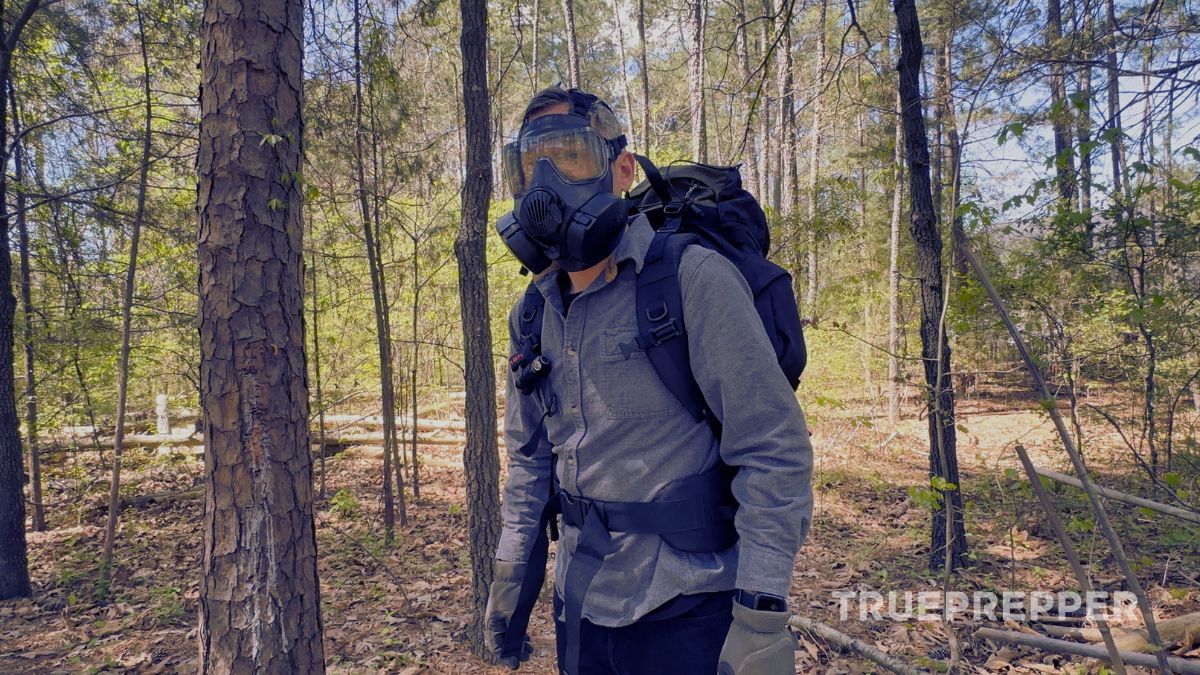
Everything We Recommend
My Experience with Different Masks
I have traveled the globe teaching people how to use various types of gas masks along with other disaster-related training. I have plenty of experience using the MCU-2P, M50, Firehawk, and the 6800 in life-threatening environments. I’ve also had my hands on the Israeli mask, M40, M17, Land Warrior, Czech M10, Dragr PAPR 4500, Soviet GP-5, and even some relic masks from WWI.
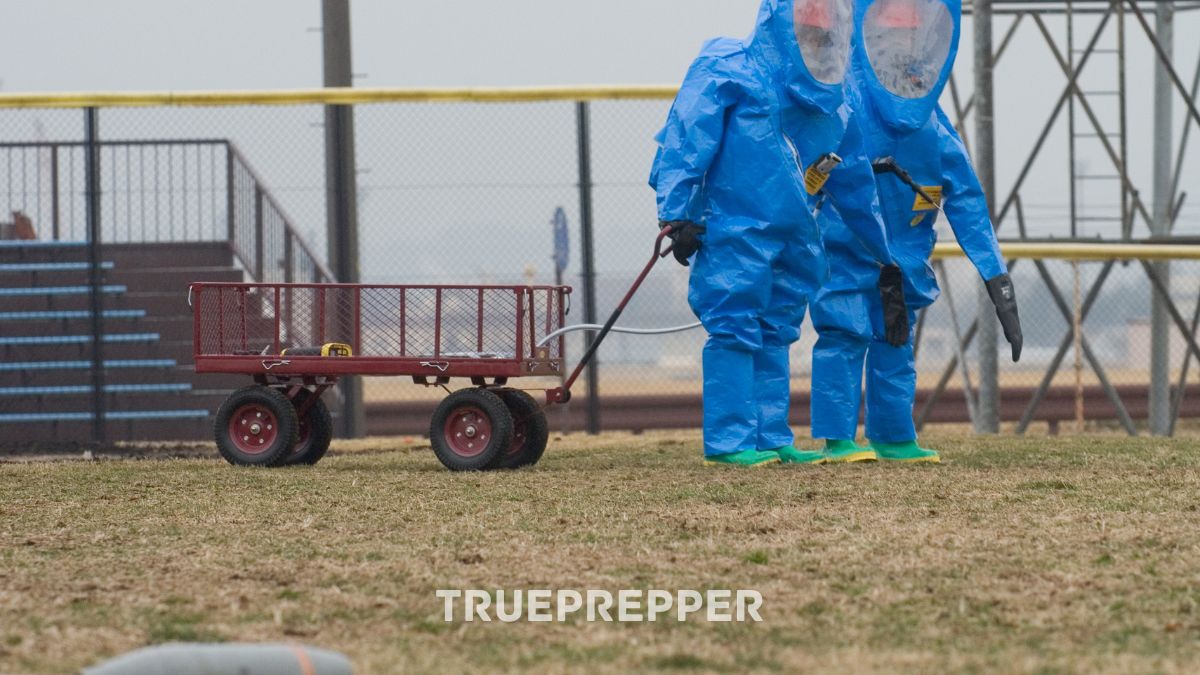
I know how a solid mask with a good fit can save your life from direct experience. Sometimes the little things about the mask make the biggest difference. The gas mask field of view and how easy the filters are to breathe through can make accomplishing tasks a world of difference.
Switching my classes from the MCU-2P to the M50 made a world of difference in the number of heat exhaustion incidents we had in the desert. The drinking tube attachment on the military masks helped with this too.
The Masks We Compared
Our research narrowed the field down to the several gas mask brands and types that we tested: 3M, Avon, Dräger, Honeywell, MIRA, Parcil, MSA, older masks (M-45, M-40, MCU-2P, Israeli, GP-5, MP5, etc), and more. (We had A LOT of gas masks already on hand.)
You can see our full list of review criteria below in the What to Look For section, with an explanation for each.
We did not consider any powered or supplied air options, although some of our selections allow those modifications. We left PAPR and SCBA masks and attachments in their own review: Best PAPR | Powered Air Purifying Respirator.
We’re always looking for new and better equipment, so if you have a gas mask you swear by let us know in the comments. We review most of our tested gear annually, so we can always get it in the next roundup round and see if it makes the cut and we can see if it will beat out our top picks.
What to Look For
The best gas masks have several important features to look for:
- Value
- Effectiveness
- Durability
- Comfort
- Versatility
When you get the right blend of these, you can find reliable gas masks that will keep you protected through a CBRN emergency. Below, we break down what each of these features means for truly dependable masks that you can trust with your life:
Value: Cost vs. Benefit
The amount of money you spend on something like gas masks shouldn’t blow out your budget. Having one is better than having none, but the same applies to other tools and gear you may need for an emergency. Budget according to your risk and your needs rather than just spending lavishly.
On the flip side, you definitely don’t want to go the cheap route on a mask. If you are buying used- be skeptical of a mask’s seal and inspect it thoroughly before planning to use it in your kit. If you’re buying something brand new that is cheaper than our options- good luck trusting it with your life!
Still, you never want to spend too much money on one resource, especially something like masks. It’s better to diversify your tools and preparedness gear to make sure you are covered for a wide range of scenarios. There is a sweet spot where you get high value out of the best features with not too high of a price, which is where our top pick sits.
Effectiveness
A gas mask’s effectiveness is a combination of many factors, including the rubber material and thickness, lens material and thickness, canister type, airflow design, and even how well it fits.
Bromobutyl and chlorobutyl rubber are some of the best materials as they are resistant to blister agent chemical weapons, whereas many other types of rubbers are not (including silicone).
Polycarbonate lenses are pretty standard, and protective inserts can increase longevity and prevent scratching on these. Larger lenses can also increase your field of view, which is why industrial masks (3M 6800, Parcil PD-101) and aircrew masks (MCU-2P) opt for the large single lens.
The canister for a gas mask is one thing that varies and directly affects how effective your mask can be. 45mm NATO canisters are commonly found, and NIOSH bayonet filters for 3M masks are also very common. Both come with multiple options depending on which type of material you are trying to filter. Typically, you will want the maximum level of protection out of your canister to maximize the effectiveness of your mask. The M50 uses a proprietary Avon filter, which can make them more difficult to find and stock up on.
While all masks offer some level of protection against viruses and radioactive particles when they are correctly worn, their effectiveness against chemical weapons can vary. (Learn more about the chemical weapon threat profile here.)
None of the selected masks will help you breathe in an oxygen-depleted environment, like heavy smoke, confined space, underwater, etc. To handle those scenarios, your mask will need further modifications with a Self-Contained Breathing Apparatus (SCBA).
Durability
Oils from our faces and hands, dust, hot and cold temperatures, and masks getting mashed up in the case all take a hard toll on a gas mask. The quality and construction of a mask can help it handle all of these, with the materials and thickness mattering most.
How you treat your mask also affects its durability. Don’t expose any mask to alcohol (cleaning wipes) or other harsh chemicals. Wash it with warm soapy water when you need to.
Comfort
Comfort is an underrated aspect of a gas mask because people always seem to underestimate how long they will need to wear the mask. Some gas masks come in various sizes and can improve how comfortable a mask is (and make it fit properly!) Some can swap out components, like nose cups.
The airflow of the canister can affect how comfortable you are in a mask. Restrictive canisters can make the mask hot and harder to breathe through unless you have multiple canisters.
Versatility
Most of our picks have accessories that you can get to add versatility to the mask, including (but not limited to):
- extra canisters and/or different application canisters
- carrying cases
- lens protection (and covers for various applications)
- voice emitters
- mics for radios
- glasses inserts
- drinking straws w/ canteen conversions
- hoods for overpressure
- sized parts (nose cups)
- replacement parts
Having the right combination of accessories with your mask will give you some added versatility and/or make the mask much more effective for your specific situation.
Mask Rating Types
There is some misinformation out there as to what actually counts as a gas mask. “Gas mask” is just a term for a full-face respirator equipped to handle chemical gas hazards. There are full and half-face respirators that only handle particulates, but the full-face masks with the correct filters are considered gas masks. Just like there are many models of gas masks developed over the years, there are also several ratings for both masks and filters.
Ranging from MILSPEC to NIOSH/OSHA requirements, these ratings can let you know what kind of protection you can expect from a mask. If a mask does not meet any standard or requirement, you should probably look elsewhere. If a mask or filter doesn’t have a rating, it could be a prop mask, costume mask, or even for airsoft. Make sure you have a real mask and filter with a real rating. Mask filters can have many ratings but here are the important ones for survival and prepping purposes:
- NBC rating: The filter is verified and rated to withstand Nuclear, Biological, and Chemical threats for at least 8 hours.
- CBA/RCA rating: The filter is verified and rated to withstand Chemical Blowing and Riot Control Agents for at least 8 hours.
- Specialty ratings: There are other ratings where a filter can be rated to protect from a specific NBC or HAZMAT threat.
Mask ratings are complex but can be broken down by who approved them
NIOSH Rating
NIOSH gives us the widely known rating of N95, which can be found on the small cloth masks used extensively in the medical field and other applications. Most gas masks fit the N95 rating, which simply means they filter out 95% of airborne particles.
The rating is good for the elastic band mouth covering but does not mean much if you are looking for complete protection. The NIOSH ratings can be more easily understood with a table:
| Rating Letter Class | Rating Number Class |
| N – Not oil resistant | 95 – Removes 95% of all particles |
| R – Resistant to oil | 99 – Removes 99% of all particles |
| P – Oil-Proof | 100 – Removes 99.97% of all particles (HEPA) |
These letters and numbers combine to give the rating, so P100 is one of the best ratings NIOSH gives respirators. This shows that an N95 mask is better than nothing, but definitely not the best solution in life-or-death situations.
MIL-SPEC Rating
The main MIL-SPEC rating associated with gas masks is the PRF-EA-10003 rating. This encompasses the NBC and CBRN protection factor combined with how the mask withstands abuse in the field. It is an aggressive rating that only one mask has achieved: the M50 JSGPM (Joint Service General Purpose Mask).
As you can see, masks themselves are rated to MIL-SPEC or NIOSH penetration standards, but filters are rated to the actual threat. Plenty of people say “This mask is NBC-rated”, which is a misconception because the filters are actually rated and the mask is NIOSH and possibly MIL-SPEC rated.
Who Needs a Gas Mask?
Whether or not you need a mask depends on the risk level you are willing to accept. You can find more about generalized risk in our Threat List, which lays out the standard risks for most people in the United States. This is based on data and generally accepted best practices for risk analysis.
If you aren’t looking to dive in too deep, gas masks are usually essential for people who fall into any of these categories:
- proximity to a nuclear facility
- proximity to a military facility
They are highly suggested for people that:
- live in densely populated urban areas
- live downwind (according to prevalent wind charts) to nuclear and military facilities
For everyone else- a gas mask is simply an upgrade from a standard filter mask given that your chances of encountering a CBRN threat or rapid viral spread are lower. However, most people fall into a category listed above.
Of course, you can always use masks for things beyond the threats above too- like concealing your face/identity or as a dust mask. Gas masks are more versatile than you may realize and warrant consideration for anyone who can afford one.
How to Make Sure a Gas Mask Fits
Unlike a hat or clothing, medium-sized gas masks usually fit a wide range of people. Masks need to fit your face, and your head size does not matter as much since straps are usually adjustable. Small children and those with smaller faces will need a small mask or a specially developed infant mask. Large masks are rare but are needed by a few with very large faces. A staggering 90% of adults will fit in a medium gas mask. Even if you have a mask that is the proper size does not mean it fits.
Proper fitting ensures that the mask has created a seal with your skin and that your breathing is creating positive pressure within the mask. Here are the 3 main ways people fit-test a gas mask.
Negative Pressure Test
This test doesn’t require any equipment and has some easy-to-follow steps to make sure you have a good fit:
- Loosen the mask straps completely and pull them over the front of the mask and out of the way.
- Roll the mask on, planting your chin firmly in the chin cup first and then seating the nose cup in place.
- Hold the mask in place while you pull the straps over the back of your head.
- Tighten the straps. If there are multiple straps, tighten the middle first, then the top, and then the bottom straps last.
- Check the seal of the mask by covering the filters with your hands and inhaling sharply. The mask should pull in slightly and not allow any air in. If it does not, re-fit your mask by following steps 1-4 again.
- Remove the mask by only loosening the bottom straps and pulling the chin cup out and over your face.
- Store the mask with straps over the front for rapid access. Store the mask with straps inside the mask for longer periods to prevent the straps from stretching and wearing out.
A few reasons a mask may not fit is due to the sizing. The full-face mask may have different sizing options, as well as the nose cup. Some variants, like the M50 or 6800 offer a variety of nose-cup and facemask combinations to ensure the best comfort in the mask.
Most people will use the negative pressure test step 5 after they put on the gas mask to quickly make sure the mask is seated correctly. If you use a mask in high-threat or industrial environments, you’ll need a better test for your initial fitting.
This method was good enough when I trained class members in a practice environment using CS (tear gas).
Hood and Banana Oil
Banana oil/isoamyl acetate is often used by professionals to ensure a good fit. You can grab some ampules for very cheap online that are great for breaking open with your mask on. If you can smell it, then you have a gas mask fit issue- pretty straightforward.
To keep the banana oil isolated around your head, plastic hoods or large upside-down ‘bowls’ are used to trap the gas. We used this method when we trained with live high-risk chemical agents to ensure our masks were fitting tight. The equipment to reproduce this type of test isn’t that expensive.
Portacount
Portacount Respirator Fit Test Machines will set you back over a grand when they are new. It is one of the only quantitative fit tests out there, and many agencies rely on it to set standards for mask fit. I didn’t actively use one but was measured dozens of times by the Bioenvironmental Engineers (BEEs) and found the machines finicky at times.
I certainly wouldn’t recommend the equipment for home use, but some high-risk environmental jobs call for these to keep safety records, making sure PPE is a good fit for anyone wearing a respirator of any sort.
Other Mask Fit Considerations
Guys should note that beards do not cooperate well with gas masks getting a good seal. A hygiene kit with shaving equipment can come in handy in the event of a pandemic or CBRN situation. Trust us, we’ve looked into beards vs gas masks zealously and beards are best dealt with just shaven off.
Poor vision can also be problematic with gas masks. To deal with this you can source gas mask inserts, which are glasses meant to snap into place inside of a gas mask. Those in the military and in jobs that require masks are often issued inserts. If you don’t have access to an optometrist who can source inserts for your gas mask, some clever preppers have used old glasses, removed the glasses’ arms, and secured them to the mask lens with duct tape for a temporary solution. You cannot use glasses with the arms on them or they will disrupt the seal where the arms go through the mask.
Scenarios to Use a Gas Mask
A few acronyms that are commonly used that show where a gas mask may be needed include:
- NBC – Nuclear, Biological, Chemical
- CBRN – Chemical, Biological, Radiological, and Nuclear
These describe events or attacks (NBC is the older term, and CBRN is the newer) where a gas mask and other specialized personal protective equipment especially come in handy.
Masks also come in handy when you are dealing with falling ash (volcanoes, fires), high pollution, riot agents (tear gas, pepper spray), and even around the house (mold, paint, etc).
An approved and functional gas mask protects all of the scenarios above in most situations where they would occur. Protecting your airway is a priority in each of these since they are most susceptible to exposure. It is important to put on your own mask before assisting others. Otherwise, you could be quickly incapacitated and unable to help anyone.
Survival Kits that Need Gas Masks
You can include a gas mask in almost any survival kit. Some survival kits make a whole lot more sense than others, though. A simple N95 mask may be acceptable to include in a lightweight Get Home Bag or Bug Out Bag. Here are some specialized kits that really should include a gas mask for each member of your family:
If you require one of these kits based on threats in your area, then you should include a gas mask in them. You can learn more about identifying threats in our Threat List, which breaks down risk as simply probability and impact for possible scenarios and rates them with a Threat List score. Additional kits that could include a gas mask, but are not necessarily standard are:
Gas masks are usually not practical for Everyday Carry (EDC) use due to their size, weight, and public perception. A hygiene kit with shaving equipment is a good idea to keep close to a mask since beards can prevent a gas mask from sealing, making them useless.
Troubleshooting, Maintaining, and Inspecting
Most gas masks are tough, but there are some problems that could occur if they are not cared for properly. The rubber and silicon can disband from the facemask. Straps can dry rot; metal components can rust and degrade. Masks can deform if stored improperly. Many older masks and military surplus have issues with yellowing lenses. The point is that gas masks are not fail-proof, and you have to take care of them to keep them in life-saving condition. This is one of the reasons why new masks are the way to go when buying a gas mask.
Troubleshooting a gas mask is relatively easy. If a mask is difficult to breathe through, replace the filter and see if it improves. If it does not, you should look at the inlet valve behind the filter(s) to determine if there is debris or a problem in the operation. If positive pressure from exhaling is causing your mask to ‘unseat’ you may have an issue with your outlet valve. If you are having a problem with the mask having or keeping a seal, you should follow or mask fit instructions above. If these steps do not fix the problem, inspect the mask for disbonding described below.
Maintaining a gas mask is easy too. Keep your mask debris-free and wash it after use, even if it is not contaminated. Use a warm soapy water solution to wash the mask after removing the filters and head harness. Do not use bleach or alcohol wipes since they will yellow mask lenses and damage silicon and bonding material.
Inspecting a gas mask can save your life. Gas masks aren’t bulletproof as far as problems go, and sometimes they can be hidden. Run your finger along each bonded seam in your mask looking for signs of separation. Inspect filter attachment areas for cross-threading if applicable. If your mask has metal components, look for signs of rust or corrosion. If you run across any of these red flags, the mask should be cut across the face shield and discarded as unusable.
Additional Gear Needed With a Gas Mask
A gas mask is great for protecting your face and your respiratory tract, but what about the rest of your body, your home, and even your equipment?
A mask should be supplemented with key supplies and accessories to complete the protective outfit. You should include:
- Full-body Coverage: We’ve reviewed HazMat suits, but any coverage is better than exposed skin.
- Sealing Tape: ChemTape is the clear choice. Duct tape can theoretically work, but is not recommended.
- Gloves: Thick rubber is best but nitrile gloves can work in a pinch.
- Boots: Chem boots, over boots, and galoshes are best.
- Canteen: and Gas Mask Compatible Straw
- Filters: Depending on your mask and filter type, you may need a lot of spare filters.
- Gas Mask Carrier: Don’t squish your mask in a combined kit.
- Hygiene Kit with Razors: For men to remove beards- here is our survival razor review.
- Eyeglass Inserts: Don’t go blind and don’t break your seal with traditional glasses
- Fit Check Ampoules: Banana oil gets it done.
Drawbacks of Gas Masks
Gas masks are not the easy cure-all for everything that could happen. There are plenty of situations where a gas mask cannot help. Here is a quick list to keep in mind as you get your mask ready for your survival kit:
- A standard gas mask cannot supply oxygen in an oxygen-depleted environment.
- They are not meant as a protective covering for ballistics or debris.
- Masks can provide a false sense of security if worn improperly or if you have the wrong type.
- Gas masks can increase the chance of heat exhaustion.
- You cannot eat or drink in a gas mask (unless it is equipped with a drinking tube and adapter).
- Some masks limit your vision.
- Some masks are more difficult to breathe through, making physical activity difficult.
- If you have a beard, a gas mask will not seal correctly.
If you keep these drawbacks in mind, gas masks are still useful and can save your life. It is better to be prepared and not need a gas mask than to need one and not have one. South Koreans even have gas masks postured for rapid access in their subway system:
How We Review Products: We research thoroughly before selecting the best products to review. We have vast prepping and survival experience and bring in outside experts when needed. Hours on end are spent testing gear in stressful conditions and using specialized testing gear to verify claims. We assign performance criteria and impartially rate each tested item. Learn more about how we test.
Sources and References
All of our experience and the testing we do to determine the best gas mask is useless without listing our research sources and references. We leaned on these for the book knowledge that we paired with our hands-on testing and practical military and prepping experience:
Faith, T. (2014). Behind the Gas Mask: The U.S. Chemical Warfare Service in War and Peace. University of Illinois Press. (Source)
Fridlund, M. (2002). Keep Calm and Carry One: The Civilian Gas Mask Case and its Containment of British Emotions. Mattering Press. Pages 425-440. (Source)
Waitt, A. (1942). The Gas Mask: The Great Problem in Protection Is Training, Discipline, and Organization. The American Journal of Nursing. Volume 42, Issue 7, Pages 748-753. (Source)
The Final Word
I hope that by now you feel like an expert on anything and everything mask-related. It felt like a trip down memory lane getting this information together since I have taught thousands about the benefits, use, and upkeep of gas masks. Just getting a mask is not enough- you need to know how to use it, keep it in good condition, and its limitations.
Whether you are staying put to bug in or hitting the road to bug out- a gas mask should be a consideration for your survival kit. Certain situations, like proximity to a military base or nuclear facility, increase your need for a mask.
To go along with a solid gas mask, you should also consider a few other CBRN survival items:
We presented quite a lot of information, but as always: if you have any questions let us know and we would be happy to help. Our research and testing found that the MIRA CM-6M gas mask is the best option given its value, effectiveness, durability, comfort, and versatility. If you pick up one of our suggested masks- make sure you try it out and get to know how to use it before an emergency. Don’t let your gear sit in your kit without becoming familiar with it.
Keep exploring, stay prepared, and be safe.
You’ve Been Missing Out
Join the 2+ million preppers that rely on our prepping advice by subscribing to TruePrepper.
- Practical guides and tips
- Useful survival giveaways
- Free, forever
- < 0.4% of people unsubscribe
Thanks for subscribing, reading, and welcome to the club.
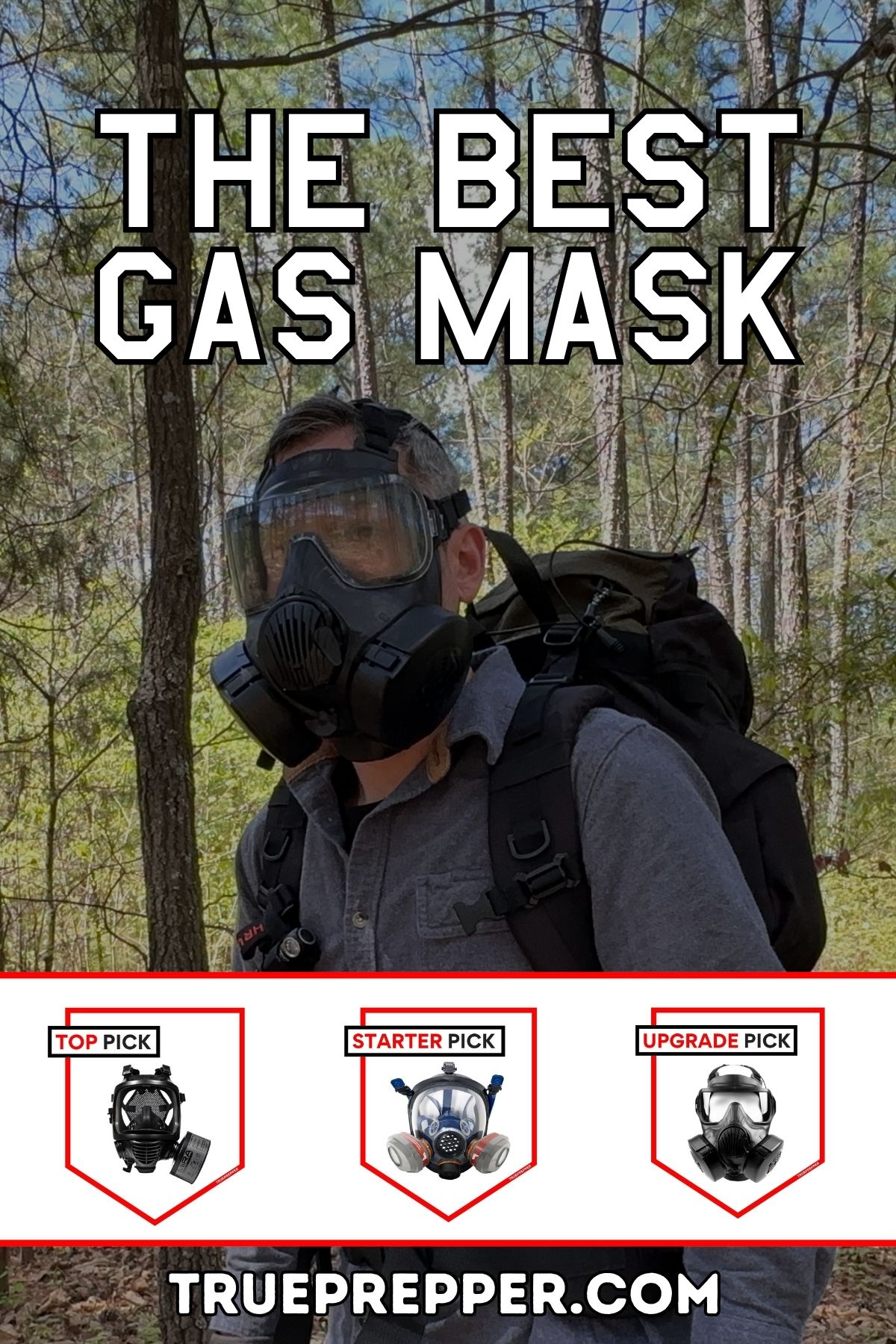
Please Support Our Sponsors
Solar Power Generator Discounts Along With Free Shipping
- 10% OFF for Jackery Solar Generator 2000 Pro Series with code "JADEAL"
- 10% OFF for Jackery SolarSaga 200W Solar Panel with code "JADEAL"
- 10% OFF for Jackery Solar Generator 1500 Series with code "JADEAL"
- 10% OFF for Jackery Solar Generator 1000 Series with code "JADEAL"
- 10% OFF for Jackery Explorer 1500 Portable Power Station with code "JADEAL"
- 10% OFF for Jackery Explorer 1000 Pro Portable Power Station with code "JADEAL"
- 10% OFF for Jackery Explorer 500 Pro Portable Power Station with code "JADEAL"
- 10% OFF for Jackery Explorer 300 Pro Portable Power Station with code "JADEAL"
- 10% OFF for Jackery SolarSaga 100W Solar Panel with code "JADEAL"
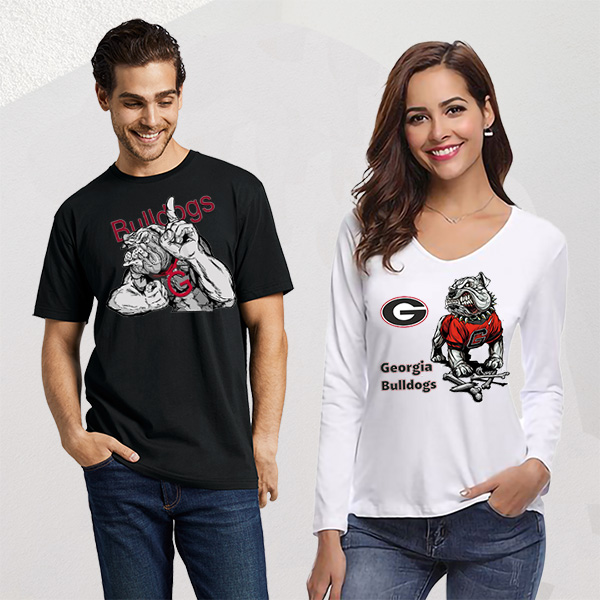
The University of Georgia is represented by the Georgia Bulldogs . The Bulldogs participate in the Southeastern Conference's (SEC) Eastern Division of the NCAA.
They play their home games in the storied Sanford Stadium in Athens, Georgia. The first season in Georgia was in 1892. In 1942, 1980, and 2021, the Georgia Bulldogs won three national championships.
The Georgia Bulldogs have additionally been crowned the National Champion in four additional seasons by at least one polling organization (1920, 1927, 1946 and 1968).
The Georgia Bulldogs are tied for second place in conference history with their 15 conference titles, including 13 SEC titles, and their 59 bowl appearances, which ranks second all-time.
In addition, the program has produced five top picks in the National Football League (NFL) draft, two Heisman Trophy winners, numerous winners of various national honors, and many others.

Longhorns football represents the University of Texas in Austin often known as Texas, UT or the Texas Longhorns. The Longhorns represent the Big 12 Conference in the NCAA Division. They play in Austin, Texas, at the Darrell K. Royal-Texas Memorial Stadium.
The Texas Longhorns are ranked third and seventh, respectively, in terms of all-time wins and win-loss records, with over 900 victories and an overall win-loss percentage of.705.
The legendary program also boasts four national titles, 32 conference titles, 100 First Team All-Americans, and two Heisman Trophy winners.
Get your Texas Longhorns Revival T-Shirt today. The Texas Longhorns Rustic Revival shirt is also a fan favorite.
Many college sports fans like to wear their gear all around town, get your Texas Longhorns Centered gear and show your support.


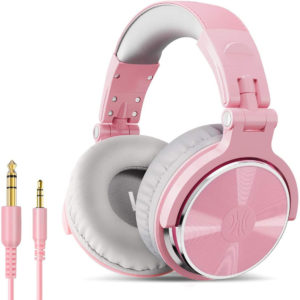

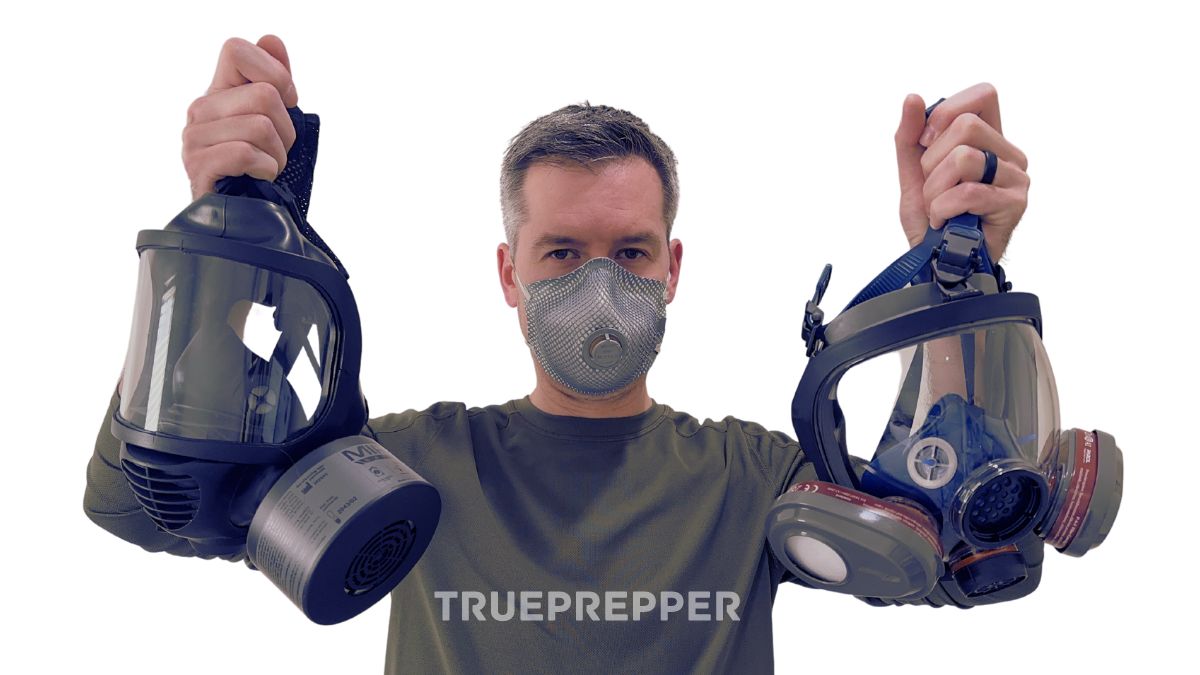
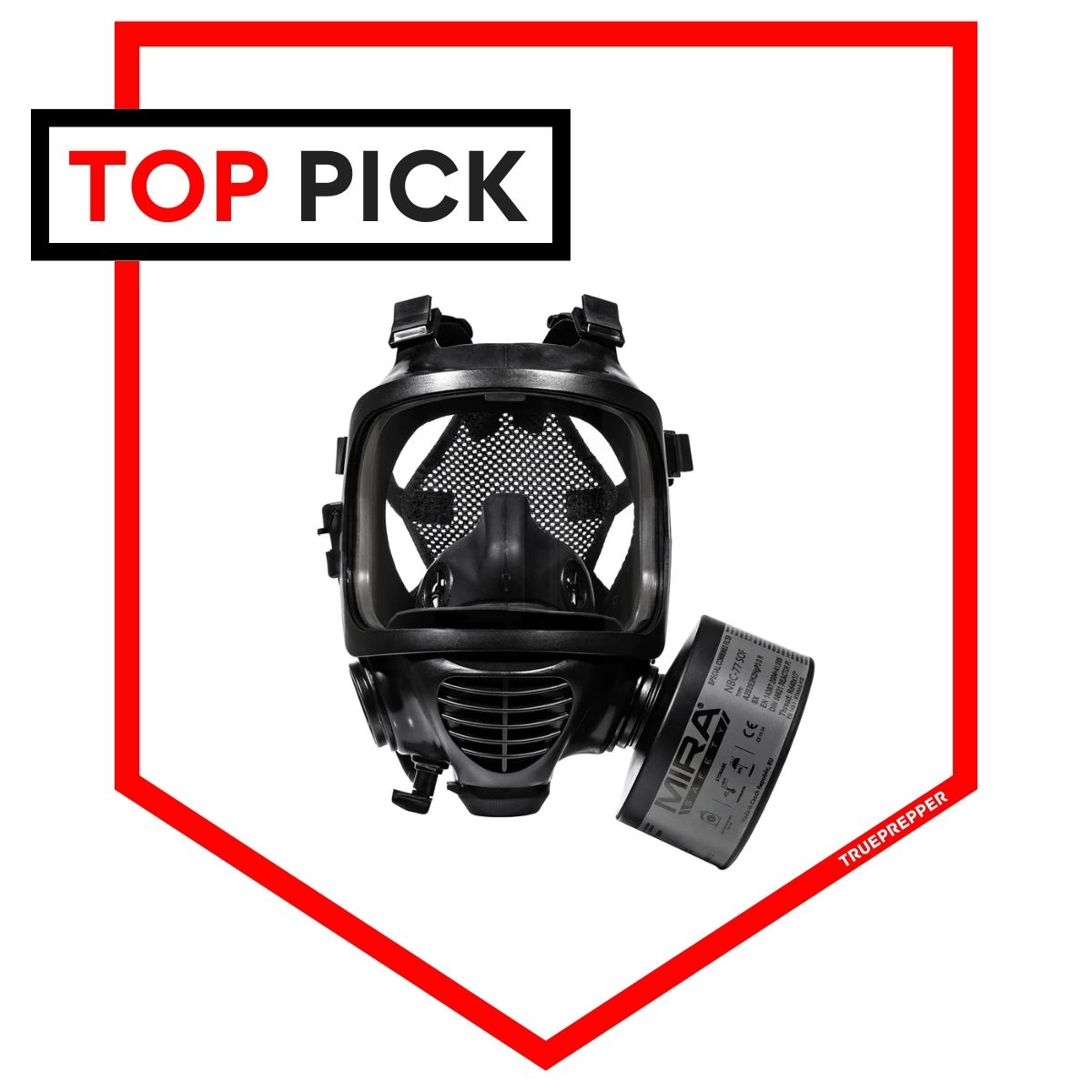
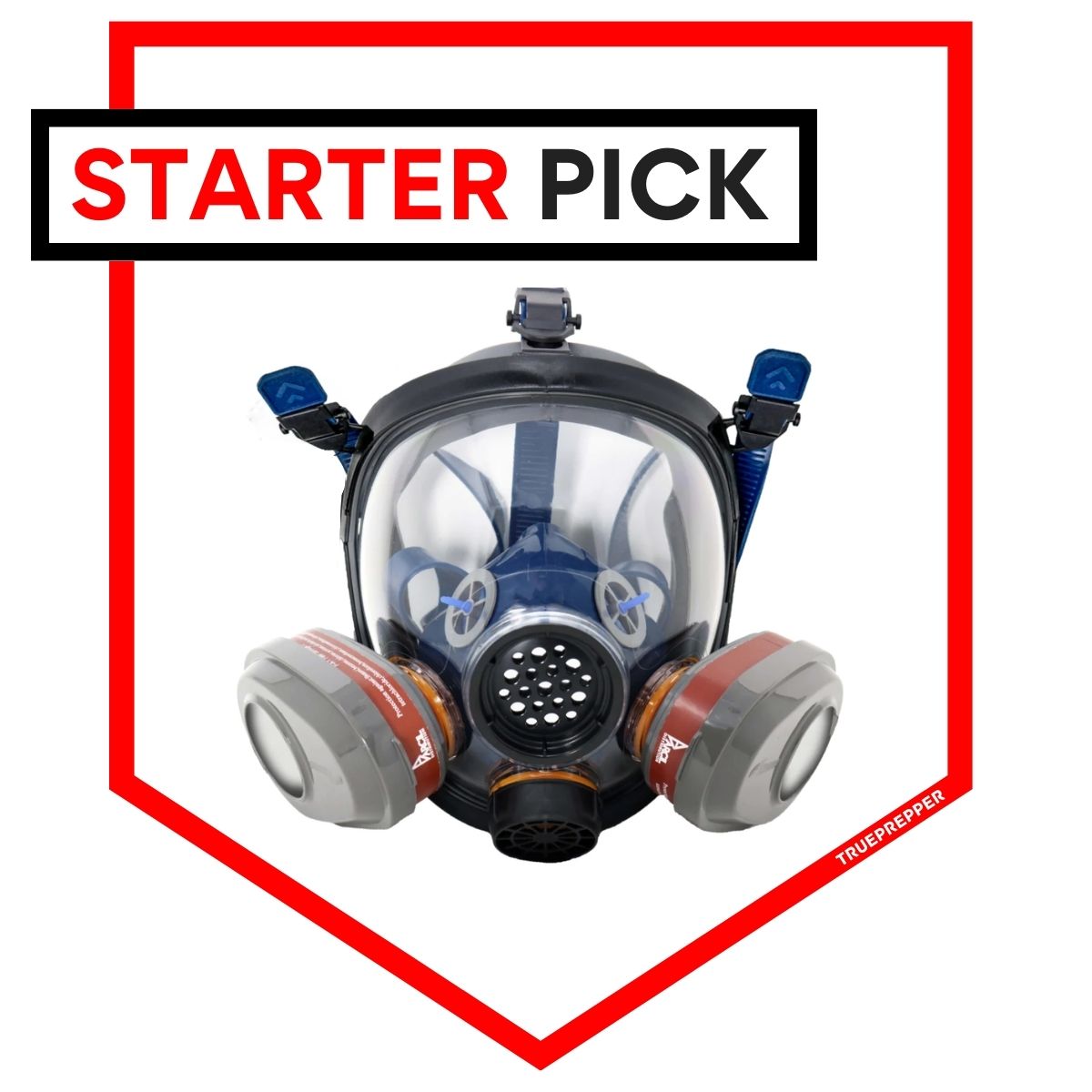

 Gettr
Gettr